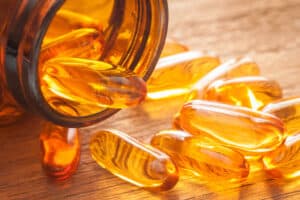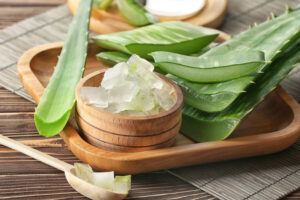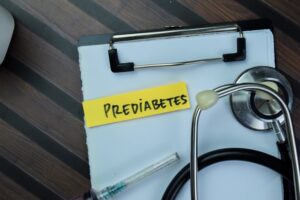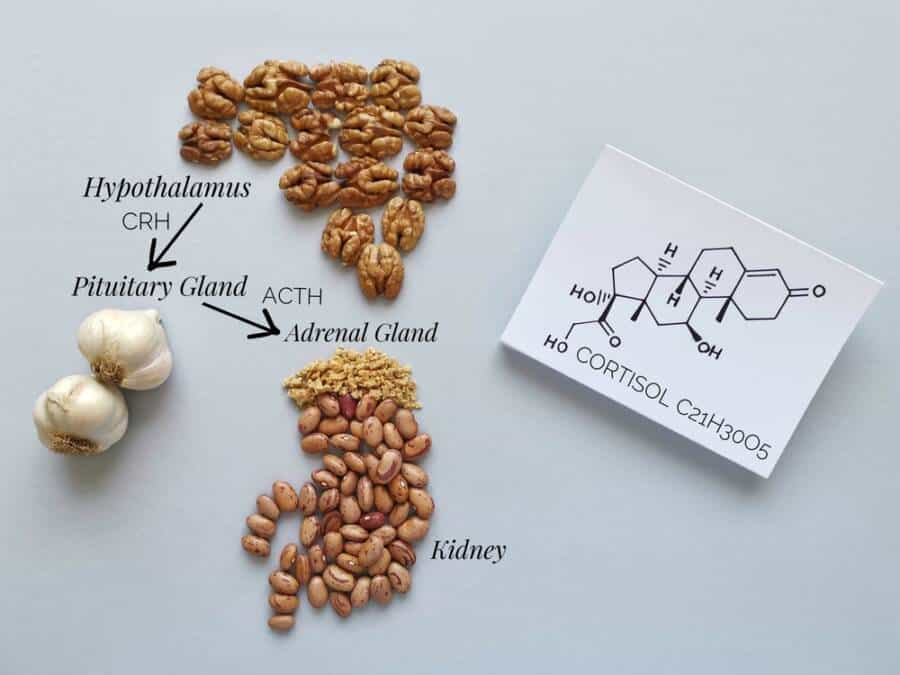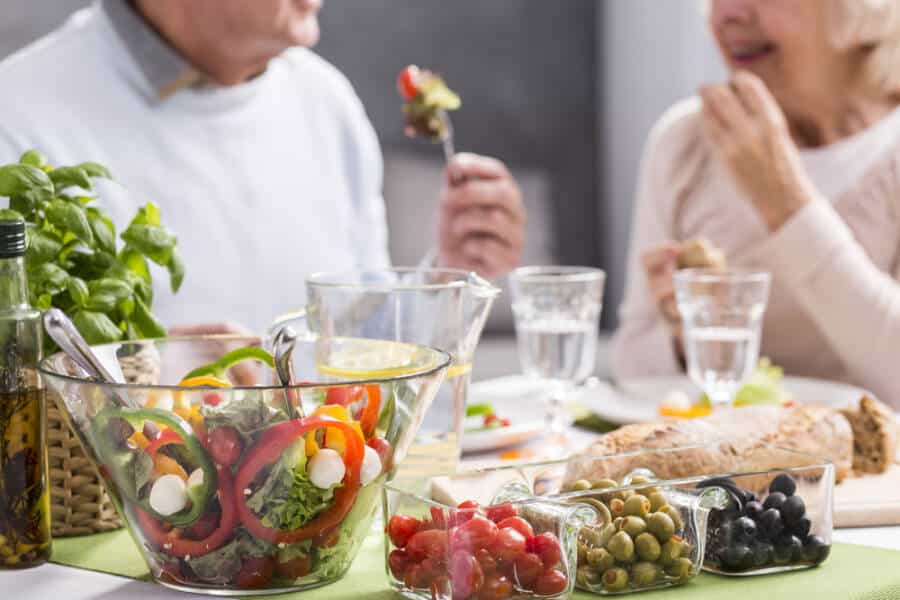Most times, we can tell when something is bad for our health just by looking at it, but how about the ingredients used in certain foods? Because some foods may look super edible and healthy, but in reality, they aren’t. With so many preservatives and harmful chemicals used in most food items, it’s tough to choose the best options for you.
And even when a product claims to be “healthy” and “harm-free,” that’s not necessarily true. Most food items available on the market pack harmful ingredients. But what exactly are these dangerous ingredients? Well, you’re about to find out!
Butylated Hydroxytoluene (BHT)
Butter, cereal, mashed potatoes, baked goods, potato chips, dessert mixes, beer, and even chewing gum contain a synthetic antioxidant called butylated hydroxytoluene (BHT). And even if we tend to associate “antioxidant” with “health,” it’s not always the case.
Butylated hydroxytoluene is basically a preservative, and although you may think that most foods contain preservatives, not all of them contain one that’s also used in cosmetics, wax food packaging, and rubber. Research shows that consuming butylated hydroxytoluene-containing foods on a regular basis could lead to cancer.
It’s best to steer clear of these products.
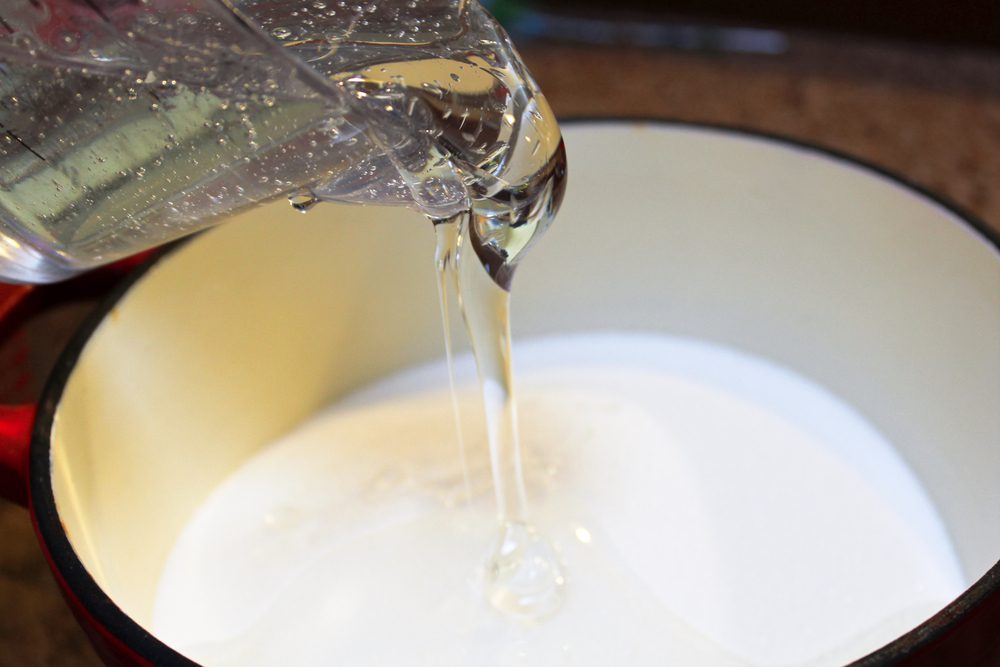
High Fructose Corn Syrup (HFCS)
When consumed in large quantities, seemingly harmless substances can become dangerous, too. Unfortunately, high fructose corn syrup is no exception to the rule. And yes, we all know that high fructose corn syrup is cheaper than most sugar alternatives, but, as a general rule, cheap often means unhealthy.
Any type of sugar consumed in large quantities is toxic, but high fructose corn syrup is probably the worst. Studies have shown that high fructose corn syrup intake could easily lead to type 2 diabetes. On top of that, to create high fructose corn syrup, you need chloralkali, a mercury-containing ingredient.
So, do you really need to drink that fruit-flavored drink?
Tartrazine, a.k.a. Yellow #5
As the name suggests, Yellow #5 (tartrazine) is a synthetic food dye. It is mostly found in a popular soda brand called Mountain Dew. But what’s the problem with tartrazine?
Back in 1975, the chief allergist of Kaiser Permanente Medical Center, Ben Feingold, said that Yellow #5 (tartrazine) is responsible for hyperactivity in some children. No one really believed his claims back then, but due to medical advances, scientists showed that Yellow #5 could indeed increase hyperactivity in children, particularly when mixed with certain artificial colors.
That’s why companies are now obligated to place labels on their food items that contain tartrazine.
Propylene Glycol Alginate (E405)
Maybe you’ve heard of propylene glycol alginate; however, if you haven’t, it’s basically a thickening additive. Jellies, jams, salad dressings, yogurt, and ice cream often contain propylene glycol alginate. And while this additive is seen as a pretty safe additive, studies suggest otherwise.
Some reports note that propylene glycol alginate could cause irritations, rashes, and nausea. When used in cosmetics, it can also lead to hair loss. Apart from that, research shows that propylene glycol alginate can be easily absorbed by our skin, causing direct damage to our liver and kidneys.
Still, propylene glycol alginate, a.k.a. E405, is considered generally safe by health authorities.
Potassium Bromate
If you ever read the ingredients listed on wraps, bagel chips, bread rolls, or bread crumbs, you probably know what potassium bromate is. However, if you didn’t know, potassium bromate is basically a food additive mostly used in bread-based products. It is used to strengthen the dough and therefore minimize the time required for baking.
Potassium bromate results from the exact same toxic chemical commonly found in bromine, a dangerous additive associated with many health issues, including hearing loss, kidney disorders, digestive problems, and even schizophrenia. In fact, potassium bromate was also linked to cancer.
That’s why Canada, China, and some European countries banned it.
Azodicarbonamide
Another ingredient that’s mostly found in bread, pasta mixes, baked goods, and most frozen meals is azodicarbonamide. In general, this chemical is used to boost the texture of white bread. Most fast-food companies use it. McDonald’s and Burger King are only two of them.
The problem is that azodicarbonamide has been linked to asthma and skin irritation. Just think about it… A chemical used in foam plastics shouldn’t belong in food items. And while most European countries, as well as Australia, have banned this toxic chemical, the health organizations in our country think that azodicarbonamide has a safe status.
Olestra
Olestra is a substitute for the fat used in potato chips. And we can all agree that potato chips taste heavenly, but that small piece of heaven comes with a price. There are many harmful things associated with olestra consumption.
The Food and Drug Administration approved this chemical compound back in 1996, and although it is considered generally safe, Olestrat still has some serious side effects. For instance, did you know that olestra can mess up your vitamin A, K, D, and E absorption?
It can also cause severe gastrointestinal problems. Just try to limit your potato chip intake; it doesn’t benefit your health.
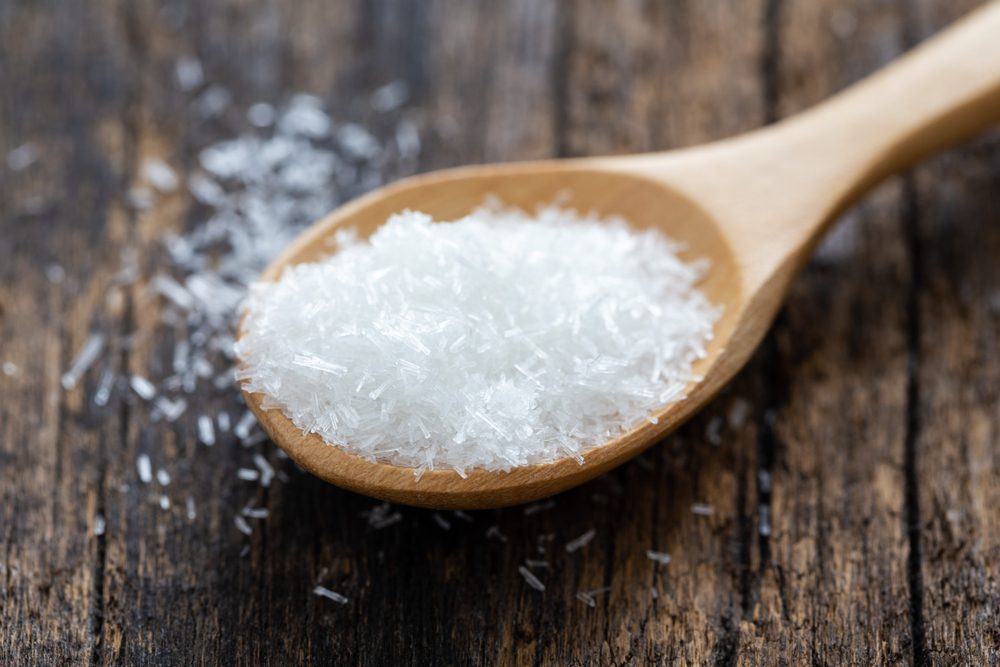
Monosodium Glutamate (MSG)
No one can deny the fact that monosodium glutamate is dangerous for our health. The most common complaints regarding monosodium glutamate are burning sensations of the mouth, head, and neck; headaches; weakness in the arms and legs; an upset stomach; and even skin-related allergies.
Some studies even suggest that monosodium glutamate is linked to obesity. Yet, most food manufacturers use monosodium glutamate to supercharge taste. The worst part? Doctors say that MSG acts as an excitotoxin in the brain, meaning that consuming it overstimulates dopamine production, creating the fake sensation of well-being.
In other words, MSG is addictive.
rBGH and rBST
Recombinant Bovine Growth Hormone and Recombinant Bovine Somatotropin are synthetic hormones given to cows in order to increase milk production. Farmers often inject their animals with these two genetically engineered hormones for profit.
So what happens when we drink the milk from injected cows? Studies suggest that rBGH and rBST could increase the risk of developing certain types of cancer, including prostate, breast, and colon cancer. As a result, Canada, most European countries, and others have banned these synthetic hormones because they consider them dangerous for both humans and animals.
Unlike these countries, the US currently allows farmers to inject cows with these genetically engineered hormones.
Artificial colors
Also known as artificial dyes, color additives have been banned in numerous countries, but our country seems to totally agree with their use. Red #40 and Yellow #6 are commonly used in food products. Crackers, macaroni and cheese, sports drinks, kids’ cereals, and cheese-flavored chips contain artificial colors.
Unfortunately, several studies suggest that these dyes could cause growth abnormalities, organ damage, allergies, and even hyperactivity in children. Some food dyes may even cause cancer. For instance, Yellow #5 and #6 have been associated with breast cancer because, as studies suggest, they act the same way as estrogen in our bodies.
Takeaway
The way we eat today is totally different than the way we used to eat, let’s say, 100 years ago. There are a plethora of artificial ingredients and harmful chemicals that weren’t present in our foods a century ago, and while most of us are perfectly aware of preservatives, stabilizers, and thickening agents, some tend to remain hidden under different names.
It’s essential to read the labels of what you’re about to eat. The “food additive” term may be used for a wide range of dangerous ingredients, but once you discover what they could do to your overall health, you’ll most likely say, “No, thank you!”.
If you want to find out more about the dangerous ingredients in our food, this book can help you.
You should also check out: 11 Delicious Desserts Every Diabetic Can Tuck Into Today




